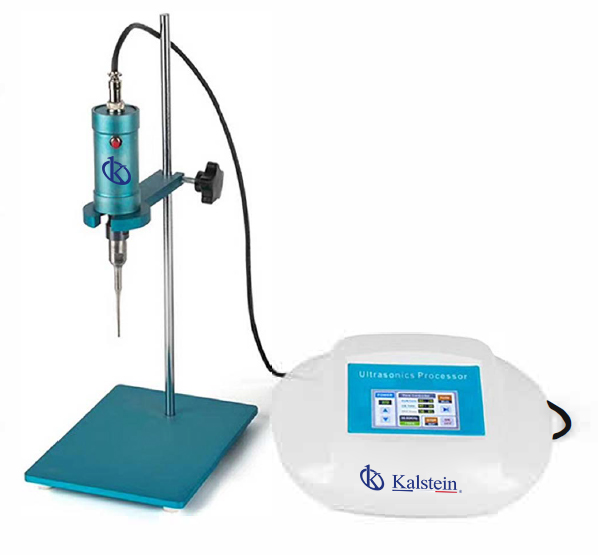Biochemistry laboratory analyses are often used to detect specific chemicals in different samples. These analyses are very important for the diagnosis of various diseases, as well as for the identification of toxic or potentially hazardous substances. The accuracy of the results obtained depends mainly on the quality and purity of the sample analyzed. This becomes even more complex if the analysis involves the detection of protein molecules, as most conventional methods of analysis rely on homogenization of the sample prior to analysis.
In Kalstein, we have a series of homogenizers, which covers the requirements of biochemistry laboratories, not only have this advantage but we have the best price in the market, we guarantee your safe purchase and accompany you during the process, before, during and after the sale, learn more about our equipment HERE.
Improving accuracy of results
One way laboratories can improve the accuracy of their results is by using homogenizers. A homogenizer is a device used to ensure that biochemistry samples are homogeneous prior to analysis.
This is achieved by shaking, mixing and crushing the sample to break down the molecular structure of the sample, improving homogeneity. This is done by ensuring that the samples have no clumps or deposits of molecules. This improves the accuracy of the results, as it reduces the likelihood that the sample has impurities or contains excess chemical indicators that could affect the results.
Advantages of using homogenizers in laboratories
Homogenizers are also useful for increasing the efficiency of sample analysis. This is because homogenization of the sample helps to reduce the time and effort required to prepare the sample for analysis. This can be achieved by using a homogenizer to mix the sample much faster than can be achieved with other homogenization methods. This allows laboratories to perform analyses more quickly, which in turn improves the accuracy of the results.
In addition, homogenizers are relatively inexpensive, i.e., they offer a cost-effective solution to improve the accuracy of results. This is because homogenizers not only save time, but also improve sample quality prior to analysis. This means that laboratories can save money by not having to reprimand regulators to ensure that analyses are performed properly.
Importance of using homogenizers
In summary, homogenizers offer a cost-effective, fast and efficient way to improve the accuracy of biochemistry laboratory analysis results. These devices provide the homogenization needed to prepare a sample for analysis, reduce the time required to prepare that sample, and help ensure that results are more accurate. Ultimately, homogenizers can significantly improve the results of biochemistry laboratory analysis.
Ultrasonic processor, also known as ultrasonic disintegrator, ultrasonic homogenizer, ultrasonic cell crusher, ultrasonic nano-material disperser and so on. It is a kind of cavitation effect using strong ultrasound to produce cavitation effects in liquids and treat substances by ultrasound. A functional, multi-purpose instrument that can be used to break a variety of animal and plant cells, virus cells, and can be used for emulsification, separation, homogenization, extraction, defoaming, cleaning and acceleration of chemical reactions. It is widely used in biochemistry, microbiology, medicinal chemistry, surface chemistry, physics, zoology and other fields.


